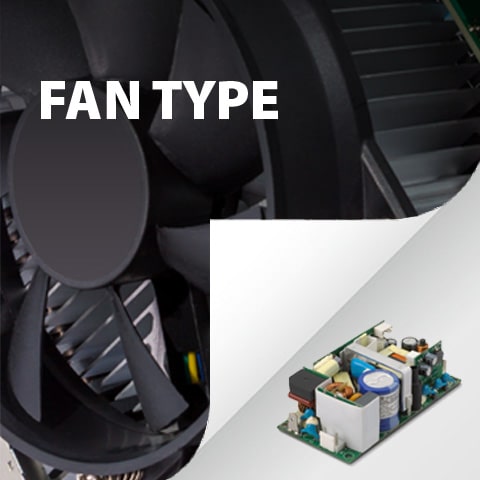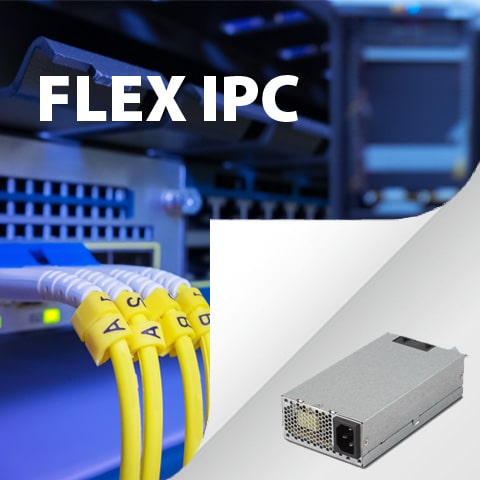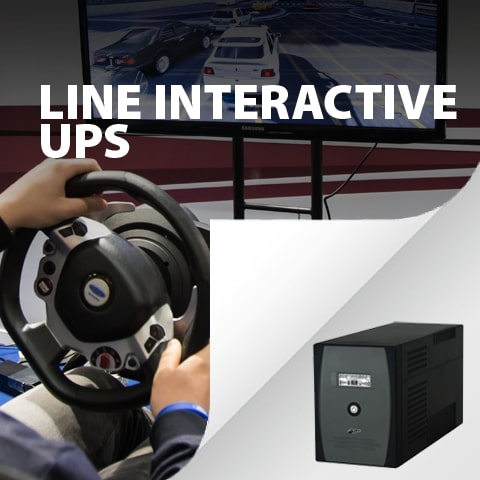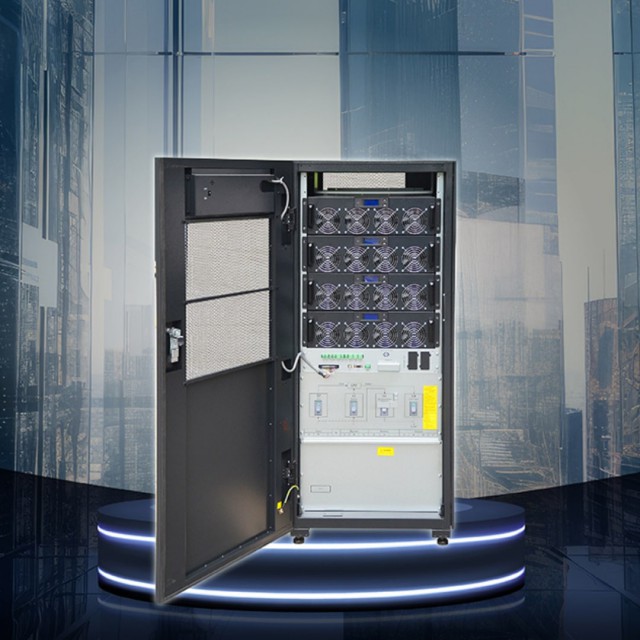What is USB-C? A Guide to Choosing the Best USB Type-C Charger
Learn about USB-C specifications, the benefits of USB Power Delivery, and how to select the best PD charger. Discover FSP Power Solutions' top PD chargers for efficient, reliable charging of all your electronic devices.
Overviews
- What is USB 3.1?
- What are the differences between USB 3.0 and USB3.1/3.2?
- What is USB Type-C?
- Introducing USB4: the Next Generation USB Standard
- Recommendation: FSP USB Type-C PD Charger
In today’s society, peoples’ lives are inseparable from the “3Cs”, and devices such as mobile phones, notebooks, even motorcycles, come equipped with USB sockets. The USB interface is the most popular transfer interface in today’s technological products, and we will share with our readers different USB specifications today. Before we dive into differences in USB specifications, let us clarify a few common USB myths.
The commonly‑heard “USB Type-C” is a type of USB connector. Apart from Type-C, we also often hear Standard-A, Micro-B and some other types of USB connectors. As for USB 3.1 or USB 3.2, these refers to transfer protocols. USB 1.0, 2.0, or 3.0 refers to USB specifications set forth by the USB Implementers Forum (USB-IF), an organization mainly responsible for maintaining USB specifications and ensuring the specifications’ compliance to requirements. USB-IF both set forth standards to allow developers and manufacturers to easily obtain consistent information to develop backward‑compatible products, and is also responsible for the nomenclature for USB cables and USB devices.
What is USB 3.1?
USB (in English: Universal Serial Bus) is an interface which connects an external device to a computer and allows the transfer of data, power, and signals through it. Different USB figures represent different standards and transfer speeds.
So, what is USB 3.1? USB 3.1 originated in 2013 when the USB-IF announced the launch of an enhanced version for USB 3.0. When compared to USB 3.0, the main difference in USB 3.1 lies in USB 3.1’s transfer speed of up to 10Gbps. Theoretically speaking, USB 3.0 is 8b/10b encoded, i.e. only 8 bits of every 10 bits of data transferred is actual data, with the remaining 2 bits being control characters, hence resulting in 20% (2 bit/10 bit) bandwidth loss.
USB 3.1, on the other hand, uses 128bit/132bit coding, i.e., 128 bits of every 132 bits of transferred data is actual data, hence only 4 bits are control characters. This hence translates into significant reductions in bandwidth loss to 3% (4 bit/132 bit), therefore allowing a significantly increased transfer speed of 10Gbps to be achieved.
What are the differences between USB 3.0 and USB3.1/3.2?
As technology marches on, USB specifications evolve. As of today, the USB specifications which are most closely related to our lives are USB3.0, USB3.1, and USB 3.2. These numbers primarily reflect the USB connector’s data transfer speed. As this may be somehow complicated to our readers, we have therefore prepared the following table to help our readers to understand the different USB specifications at a glance.

Table: Summary of USB3.0, USB3.1 and USB3.2 specifications
What is USB Type-C?
USB Type-C (or USB-C) is a type of USB connector. In addition to recent smart phones, USB‑C is widely used in notebooks, tablets, Bluetooth speakers, and in a wide range of electronic products, hence making USB‑C a mainstream USB port for integrating fast charge and versatile transmission applications. A USB‑C connector has 12 identical pins each on the upper and lower sides and supports reversible plugging. As compared to the more traditional USB-A and USB-B, USB‑C hence benefits from a thinner and more durable connector which also supports transmission of audio and video data.
In addition, following the launch of Type-C, USB-PD (USB Power Delivery) technology development also matured with each day. Simply put, USB-PD is a unified charging protocol which allows USB-C to have “Charging” functionality. Along with the emergence of USB-PD, continuous increase in USB transmission speeds, Type-C specifications - most importantly - incorporate all the above-mentioned advantages and became the optimal solution, hence making the Type-C specification one of the most commonly seen USB connector solutions in the marketplace.
As of October 2022, the EU Parliament officially approved the “Single Mobile Charging Port”, hence starting from the end of 2024, all electronic products marketed in EU member countries must have a Type-C port to bring about consumer convenience, monetary savings, and environment protection. It has become obvious that USB Type-C will be playing an increasingly larger and significant role in our daily lives.
Introducing USB4: the Next Generation USB Standard
In march 2019, USB 4 specifications began taking shape and are aimed at increasing data transfer speeds, unifying cross‑device connection ports, and minimizing end‑user confusion. USB 4, which is primarily built upon Thunderbolt 3, is backward compatible with USB 2.0.
As USB 4 also supports both monitor display and fast charging at up to 100W, this signifies that that AV connection interfaces (Display Port) are likely to be replaced in the future and notebooks will be using USB 4 for connecting to power adapters. Moreover, USB 4, via the Thunderbolt 3 protocol, will achieve transmission speeds of up to 40Gbps.
In summary, thanks to USB 4’s specifications, notebooks, desktops, and all electronic products in the future can achieve multiple functions which include power supply, AV, and data transfer through solely through a Type-C port. USB 4 also emphasizes increased data transfer speeds, Thunderbolt 3 compatibility and unified connectivity. USB 4 is therefore praised as the next generation high-performance USB standard.

Table: USB4 Specification Overview
Recommendation: FSP USB Type-C PD Charger
As previously introduced, readers would have understood the benefits and strengths Type‑C PD brings to the table. According to the PD charging protocol promoted by USB-IF, a single Type-C connector will support charging majority of electronic devices in the future, hence fulfilling the modern lifestyle of convenience, environmental care, and economics. Today, we will share with our readers three most applicable power adaptors.
(1) FSP065-D3MR3: Supports multiple electronic products including MacBook, Notebooks, Tablets, Mobile Phones, as well as Switch gaming console. Although this charger only supports 65W charging, its international adapter design makes it most suitable for our globe‑trotting readers.

Figure: FSP065-D3MR3 Power Adapter (Expected mass production in 2023 Q3)
(2) FSP045-A1UP3: Supports multiple electronic products including MacBook, Notebooks, Tablets, Mobile Phones, as well as Switch gaming console. Similar to the previous charger in the sense it only supports 45W charging, its US‑spec fold-up connector is most suitable for portability, hence making it a priority choice for consumers who are often on the move with a notebook or electronic device.

Figure: FSP045-A1UP3 Power Adapter (Product Details)
(3) FSP100-A1BR3: Supports multiple electronic products including MacBook, Notebooks, Tablets, Mobile Phones, as well as Switch gaming consoles Unlike the previous two chargers introduced, the major difference in this charger lies in its 100W max output. As a high wattage implies quick charging speeds, this product is undoubtedly the first choice for consumers who are often on the move, use their electronic devices on-the-go, and require quick charging.

Figure: FSP100-A1BR3 Power Adapter (Product Details)
(4) FSP140-A1BR3: Supports multiple electronic products including MacBook, Notebooks, Tablets, Mobile Phones, as well as Switch gaming consoles Unlike the previous two chargers introduced, the major difference in this charger lies in its 140W max output. As a high wattage implies quick charging speeds, this product is undoubtedly the first choice for consumers who are often on the move, use their electronic devices on-the-go, and require quick charging.

Figure: FSP140-A1BR3 Power Adapter
After reading this article, we believe our readers would have had a better understanding of terms like USB, Type-C, PD, and further realized the importance of Type-C connectors to the many electronic products around us in recent years, hence selecting a proper power adapter is definitely one necessary lesson we all have to learn. We hope that our readers are able to quickly select suitable products which complement their lifestyle!
Related Articles
About FSP
FSP Group is one of the global leading power supply manufacturer. Since 1993, FSP Group has followed the management conception “service, profession, and innovation” to fulfill its responsibilities as a green energy resolution supplier.










































